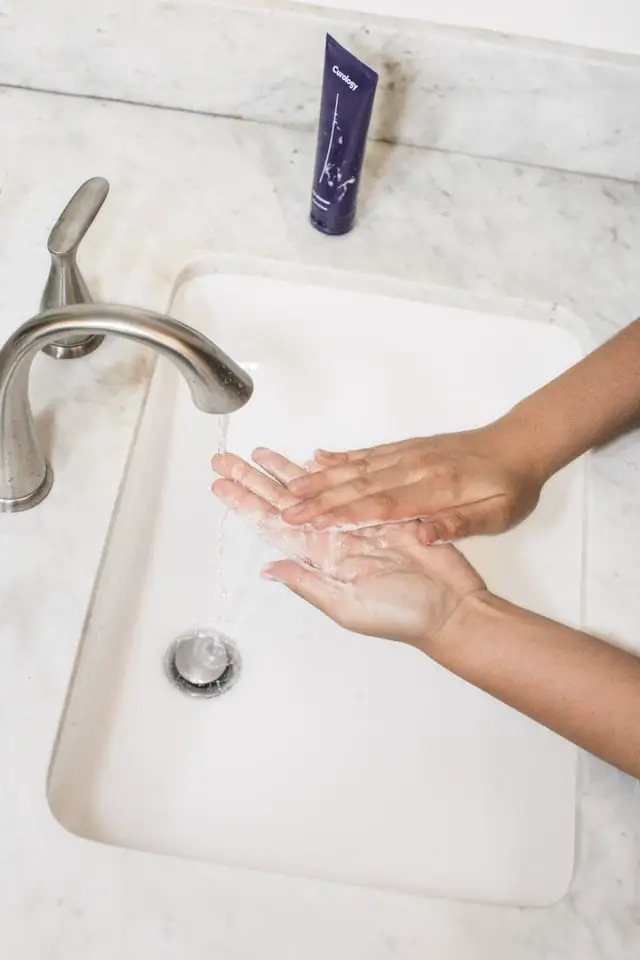What are decontracting massages? Massages give us different benefits to treat, in turn, different pathologies present in our body. Decontracting massages, as their name indicates, are applications aimed at relaxing muscle tone. In other words, these massages serve to mitigate abnormal contractures present in the muscle.
Contractures are a very typical condition in people who make repeated efforts, which, despite being mild, end up generating a contracture. This is how decontracting massages are used to treat this type of ailments, being of great help, mainly, for areas such as the back, men and neck.
We will know this and everything inherent to this type of massage in the sections that are presented below. Read on to find out all about this technique. First, let’s make a brief, but not least definition.
What are decontracting massages?
It is a type of manual massage, which is done to regulate muscle tone. On average, these massages are applied to patients with repeated episodes of stress, relaxing the muscles and, later, dissolving the contractures. This massage is also somewhat more intense than the typically known relaxing massages, although it should not produce a pain effect.
The application of these massages is aimed at treating pain caused by the aforementioned pathologies, resulting in a natural and efficient alternative to relieve pain in certain areas of the body. However, they can also stand out in other benefits, so they are of great help in addressing other complications.
Who resorts to these massages?
Muscle contractures are a more common condition than it seems, affecting not only sports and / or athletes, but also people with office jobs. This is mainly due to bad posture, it can also be related to poor execution of movements performed on a recurring basis.
The back, neck and arms are usually the most affected areas, and therefore, treated with decontracting agents. Whether in sports or office work, contractures tend to be caused by poor stretching, little warm-up, bad positions, constant weight lifting, etc.
Benefits of decontracting massages
Like many massages, decontractors cause the release of a hormone called endorphin. This substance is responsible for the control of pain, the emotions associated with well-being and also for causing antidepressant responses in the body, respectively.
Thanks to this effect, we can find different benefits attached to the treatment for pain obtained in the decontracting massage. In this regard, these benefits are:
Muscle performance: Specifically improving your recovery process, allowing you to take on longer hours of exercise in shorter periods of time. Here too, more optimal values are presented in terms of their resistance.
Clean the skin: Eliminating dead cells, giving an even more stylized appearance to the treated area.
Movement in the muscle: Both mobility and elasticity could recover normal values in the muscle. This will allow the patient to obtain in a faster way the faculty of his determined muscle.
Circulation: One of the benefits that are typically present in massage is the improvement in circulation. Circulation, not only of the blood, but also the lymphatic system, a set of fibers and / or vessels responsible for purifying the body and eliminating any bacterial agent.
Facilitates relaxation: Decontracting massages are capable of facilitating the relaxation of the nervous system, which eventually is a very helpful resource for problems related to insomnia and anxiety. This effect can also be very useful to treat headaches and / or migraines.
Contraindications of decontracting massages
The treatment of decontracting massages should be previously evaluated by a specialist, since there are contraindications that, if not evaluated, could lead to unwanted side effects in the patient. In this regard, some of the most adverse conditions to these massages are:
- Diabetes.
- Fibromyalgia
- Pregnancy.
- Skin inflammations.
- Cancer.
- Skin infections and also contagious.
- Uncontrolled hypertension
- That the patient has had a recent surgical process.
The presence of any of these pictures is not a total impediment to receive massages. However, the specialized doctor will be the only one authorized to determine whether or not it is possible to apply decontracting massages properly. There the importance of advising us with a specialist.
About the application of decontracting massages
During the application of these massages, it is very common to have common doubts regarding the duration of the session, results, etc. We will briefly answer these questions in the following sections:
How long do the decontracting massage sessions last?
About one hour. Sometimes it can vary between about 10 minutes, but more.
How long does the effect of these massages last?
It will depend on the routine that the patient maintains. Specifically, this will also be explained in your diet and if you constantly exercise.
How long does it take to see the results?
Because we are not talking about a mainly aesthetic effect, the results can be observed between the first and the second session. However, treatment must always be prolonged, because contractures can last over time.
What types of decontracting massages are used?
Decontracting massages consist of different techniques. As mentioned above, these differ slightly from relaxing massages due to the noticeably higher intensity they usually require. The most common techniques that we can observe in the application of this type of massage are:
Kneading the skin: It is the application of pressure in different areas of the skin – by way of tightening -, in a rhythmic way.
Strokes: Applied with the palm of the hand, which mostly cover the entire back. They should be fluid and carefully smooth.
Circulars: These are movements with circular tours, with a counterclockwise orientation, specifically using the fingertips.
Gliding: The hands are used, located on the sides of the spine, at the lumbar level in the back, to then go up smoothly and with a glide.
Read also: What are the massages for facial paralysis? ; What are lymphatic massages? ; What are the massages to increase the bust?



